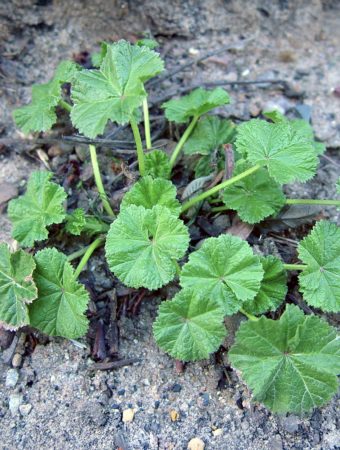With the arrival of summer comes the first crop of vibrant, tender courgettes, a seasonal gift that begs to be turned into something simple yet bursting with flavour. One of the easiest and most delicious ways to enjoy new season courgettes is to roast them Mediterranean-style with lemon, herbs, and a drizzle of good olive oil. This dish is quick to prepare, incredibly affordable, and pairs beautifully with everything from grilled fish to crusty bread.
To make this dish, start with the freshest courgettes you can find—small to medium ones are ideal as they tend to be sweeter and more delicate. Slice them lengthwise into halves or quarters, depending on size, then lay them in a single layer on a baking tray. The goal is to get the edges slightly caramelised while the centres remain tender and juicy.
A generous drizzle of olive oil comes next, coating each piece so they roast rather than steam. Then comes the real character: a squeeze of fresh lemon juice, which infuses the courgettes with bright, citrusy tang. Add finely grated lemon zest for an extra punch of flavour. Season with sea salt, cracked black pepper, and a handful of chopped herbs—thyme and oregano work beautifully, but parsley, rosemary, or mint can all offer different twists.
Pop the tray into a hot oven, around 200°C (400°F), and roast for about 20–25 minutes. Halfway through, give them a gentle toss to ensure even colouring. The result is golden, slightly crisp courgettes with a zesty, herb-infused fragrance that fills the kitchen.
This dish is not only quick and satisfying but also incredibly versatile. Serve it warm as a side dish, pile it over couscous or quinoa for a wholesome vegetarian meal, or let it cool and mix it into a salad with feta cheese and olives. It’s a dish that celebrates summer produce at its best—minimal effort, maximum flavour.
With just a few pantry staples and garden-fresh vegetables, lemon roasted courgettes are proof that the simplest ingredients, treated well, can become something truly special. Whether you’re cooking for one or a crowd, this Mediterranean-inspired recipe is a go-to that you’ll come back to all season long.
- 3 large courgettes
- 2 tablespoon olive or sunflower oil
- 2 cloves garlic
- 1 lemon
- fresh mint
- fresh parsley
- Preheat the oven to 180°C / 350°F / Gas Mark 4.
- Trim the ends from each courgette.
- Slice in half then slice each half into 8 wedges.
- Toss the wedges in the olive oil,
- crushed garlic and season generously with salt and black pepper.
- Tip the wedges onto a large baking tray and turn them over so they are all skin down.
- Roast for 25-30 minutes until the edges are turning golden brown, but the wedges have kept their shape and not turned soggy. Just before serving,
- scatter the wedges with the lemon zest and finely chopped parsley and mint, and toss through the juice of half the lemon.










